Picture this: you’re sitting on your porch enjoying a quiet evening when suddenly, a massive flying creature swoops past your head. Your first instinct screams “giant mosquito!” and you duck for cover, expecting the worst bloodsucking encounter of your life. But what if I told you that this intimidating aerial giant is actually one of nature’s most misunderstood creatures—a gentle giant that wouldn’t hurt a fly, let alone bite you?
Meet the Crane Fly: Nature’s Most Misunderstood Insect

The crane fly, scientifically known as Tipulidae, is the innocent victim of mistaken identity that sends people running for bug spray. These leggy creatures can reach wingspans of up to 2.5 inches, making them appear like mosquitoes that hit the gym and never stopped growing. With over 15,000 species worldwide, crane flies represent one of the largest families in the insect kingdom.
What makes these insects so fascinating is their complete inability to bite humans despite their fearsome appearance. Unlike their blood-thirsty mosquito cousins, crane flies lack the specialized mouthparts needed for piercing skin. Instead, they sport weak, elongated mouthparts designed for sipping nectar or nothing at all, as many adult crane flies don’t even feed.
The Great Mosquito Mix-Up That Terrorizes Backyards
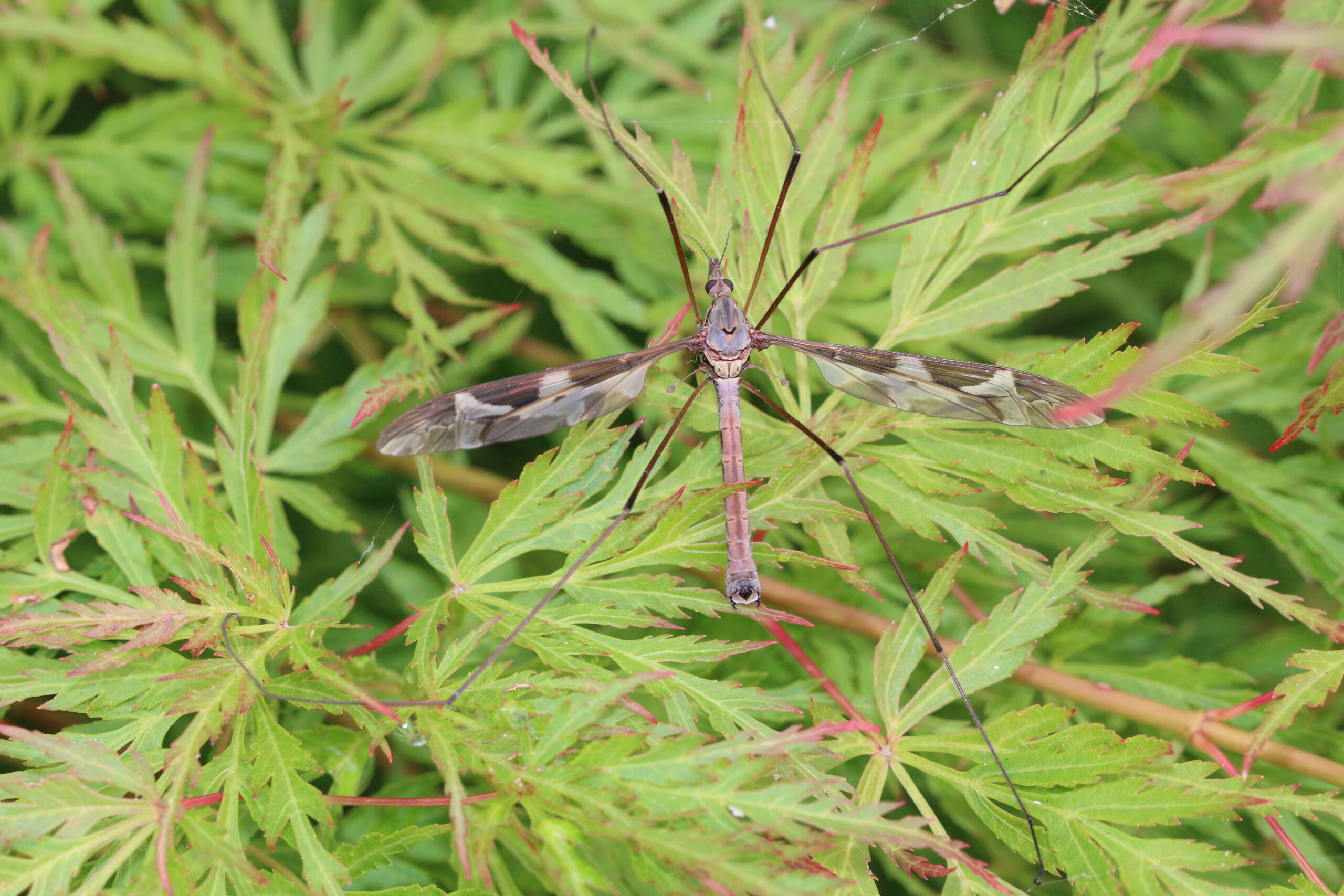
The confusion between crane flies and mosquitoes runs so deep that crane flies have earned the unfortunate nickname “mosquito hawks” in many regions. This misidentification stems from their similar body structure—both have long, slender legs, narrow wings, and elongated bodies. However, the size difference should be a dead giveaway, as crane flies dwarf even the largest mosquitoes.
The terror factor increases when crane flies exhibit their characteristic clumsy flight pattern, bumping into windows, lights, and unsuspecting humans. Their seemingly aggressive behavior is actually just poor navigation skills, not predatory intent. These gentle giants are more likely to crash-land on your shoulder than attack it.
Physical Features That Fool Even the Experts
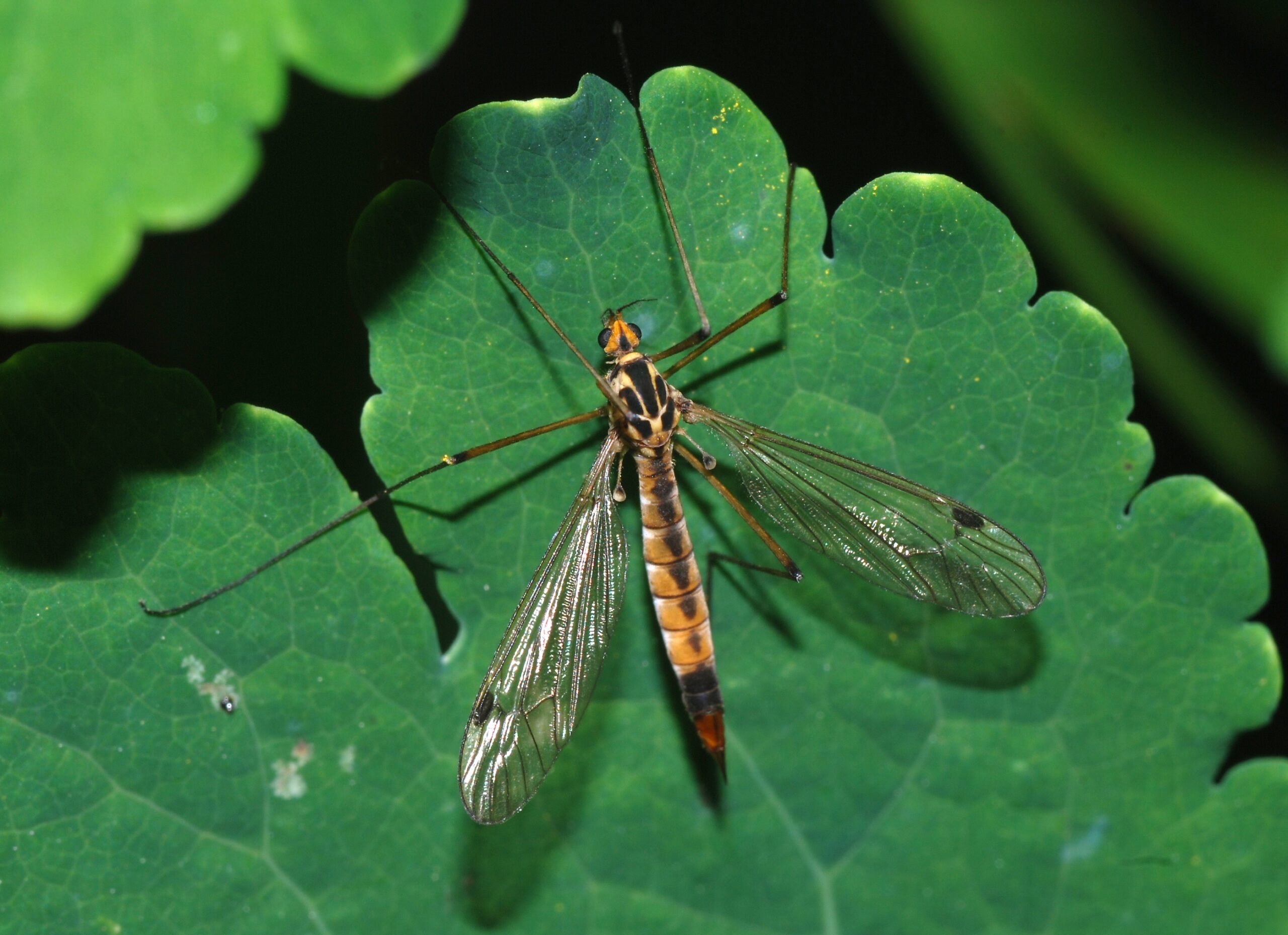
Crane flies possess several distinctive features that, ironically, make them look more menacing than they actually are. Their most notable characteristic is their extraordinarily long legs, which can span several inches and break off easily when the insect is threatened. This defensive mechanism, called autotomy, allows them to escape predators by literally leaving a leg behind.
Their wings are typically clear or slightly tinted, often with visible veins that create intricate patterns. Unlike mosquitoes, crane flies hold their wings perpendicular to their bodies when at rest, giving them a distinctive T-shaped silhouette. The body itself is usually brown, gray, or yellowish, with some species displaying striking patterns or colors.
The Surprising Truth About Their Diet

Here’s where crane flies become even more remarkable—many adult crane flies don’t eat at all. Their primary purpose as adults is reproduction, and they often survive on energy stored from their larval stage. Those that do feed typically consume nectar, water, or other liquids, making them more similar to butterflies than mosquitoes.
The larvae, on the other hand, play a crucial ecological role as decomposers. Known as “leatherjackets,” these worm-like creatures live in soil, decaying organic matter, or water, breaking down dead plant material and recycling nutrients back into the ecosystem. Some species even help aerate soil, making them inadvertent gardening assistants.
Life Cycle Mysteries of the Gentle Giant

The crane fly life cycle is a testament to nature’s efficiency and timing. Most species complete their development in one year, with adults emerging in specific seasons depending on the species. Spring and fall emergences are common, which explains why you might suddenly notice these creatures appearing in large numbers during certain times of year.
The transformation from larva to adult is nothing short of remarkable. After spending months or even years as soil-dwelling larvae, they emerge as fully-formed adults with one primary mission: to find a mate and continue the species. This urgency explains their seemingly frantic behavior and their tendency to appear near lights and windows.
Why They’re Actually Beneficial to Your Garden
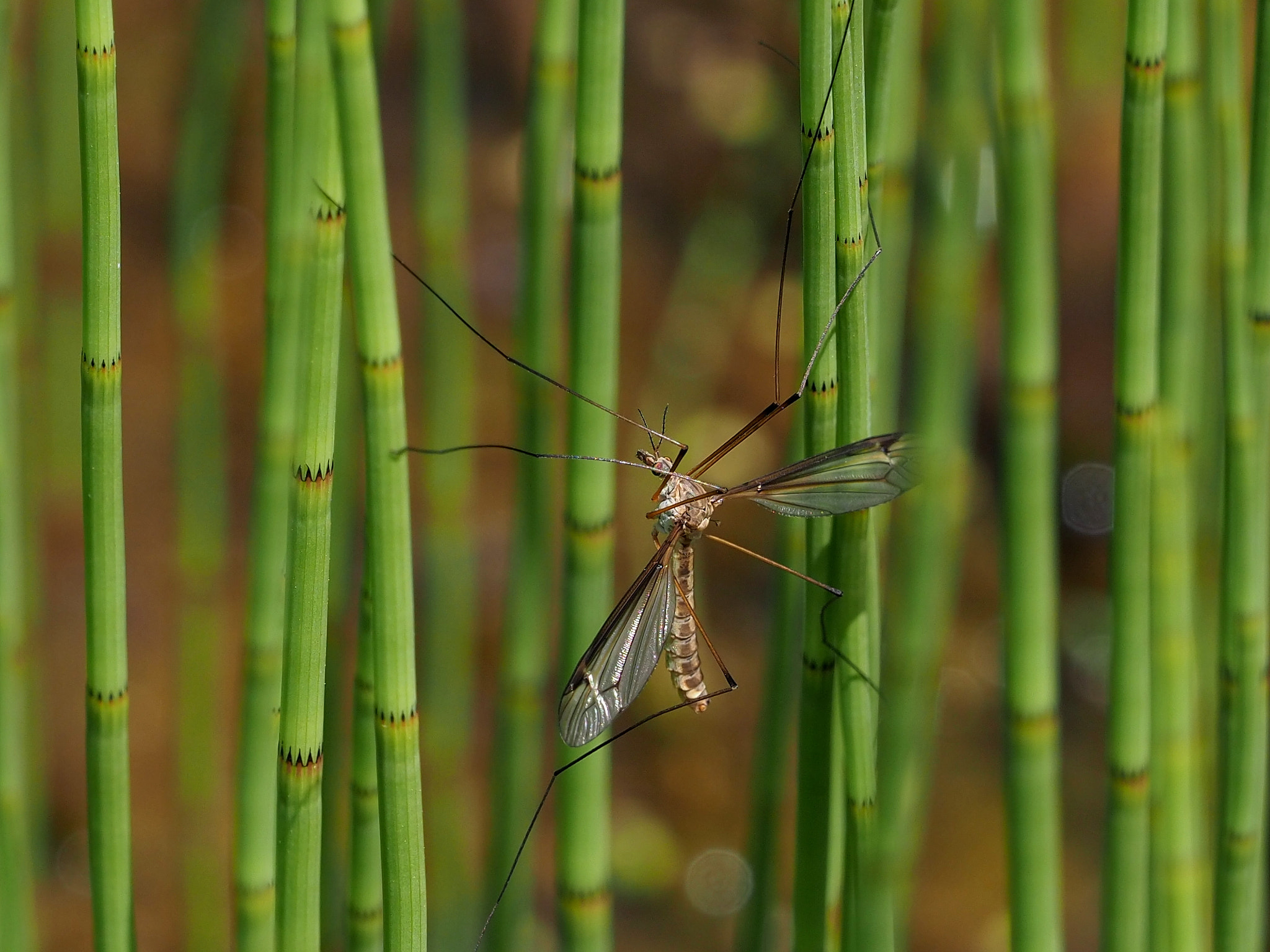
Despite their scary appearance, crane flies are actually environmental heroes working behind the scenes in your garden. The larvae help break down organic matter, creating rich compost that nourishes plants naturally. They’re essentially nature’s recycling crew, turning dead leaves and organic debris into plant food.
Adult crane flies also serve as important pollinators for certain plants, particularly those that bloom during their flight seasons. While they’re not as efficient as bees or butterflies, they do transfer pollen between flowers as they search for nectar. Additionally, they provide food for birds, spiders, and other predators, supporting the entire food web.
The Global Distribution That Surprises Scientists
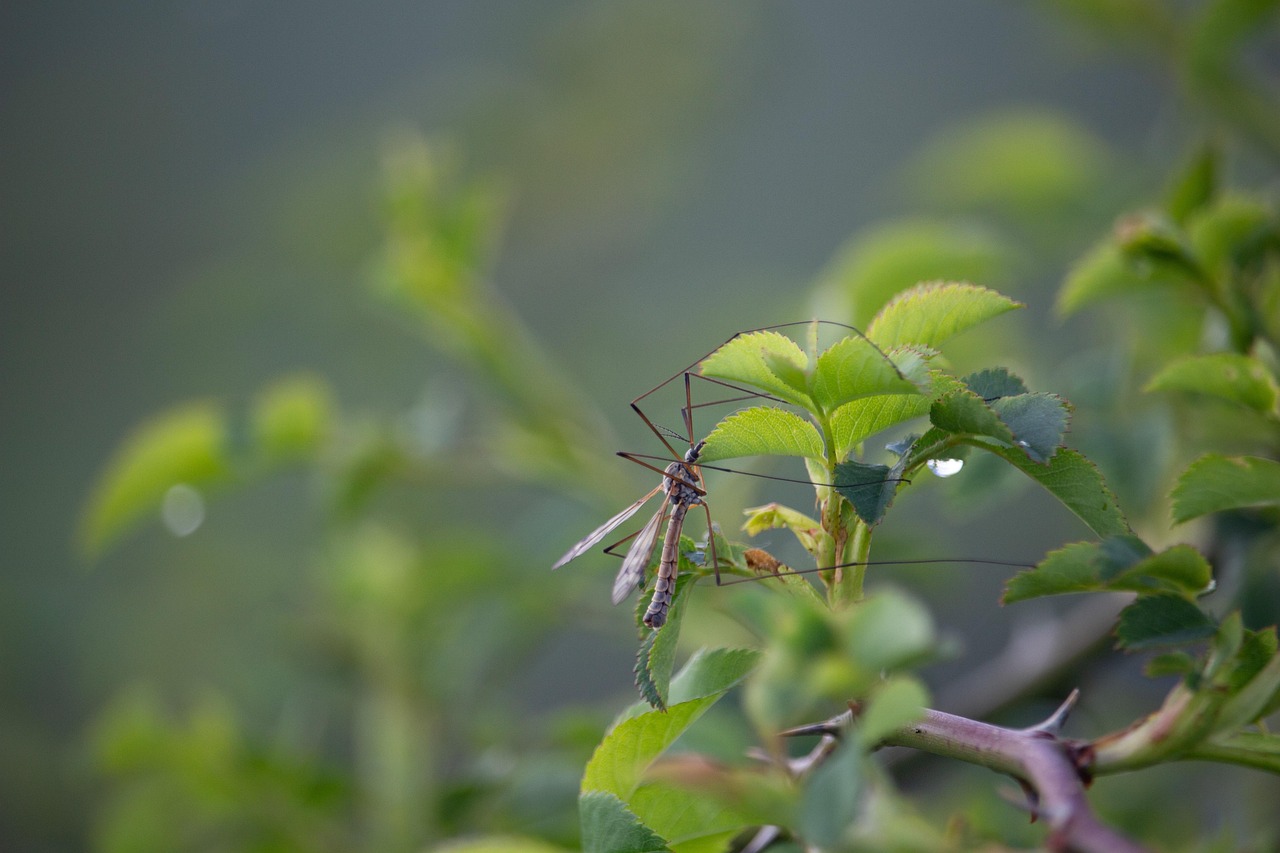
Crane flies have conquered virtually every continent except Antarctica, adapting to environments ranging from tropical rainforests to arctic tundra. This incredible distribution makes them one of the most successful insect families on Earth. Some species have specialized to live in extreme environments, including high-altitude mountains and desert oases.
The diversity of crane fly species is staggering, with new species still being discovered regularly. Scientists estimate that many species remain undescribed, particularly in tropical regions where biodiversity is highest. This ongoing discovery process highlights how much we still don’t know about these fascinating creatures.
Seasonal Patterns That Predict Their Appearance
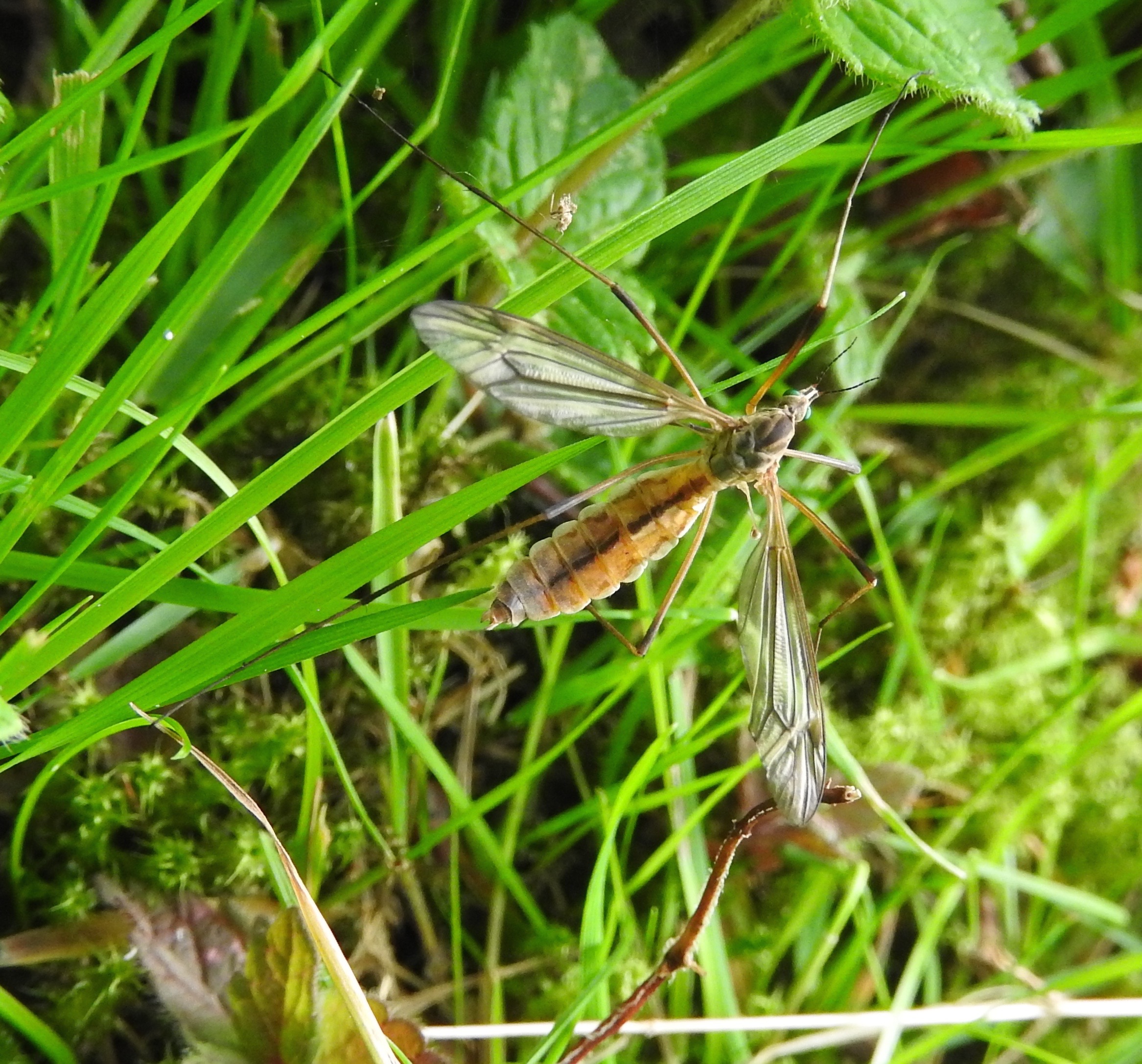
Understanding crane fly emergence patterns can help predict when these gentle giants will make their annual appearances. Most species emerge during periods of high humidity and moderate temperatures, often following significant rainfall. This timing ensures optimal conditions for mating and egg-laying.
Spring species typically emerge when soil temperatures reach specific thresholds, usually between 50-60°F. Fall emergers often appear during the second wave of favorable conditions, taking advantage of autumn rains and cooler temperatures. These predictable patterns have made crane flies valuable indicators of seasonal changes and environmental conditions.
The Clumsy Flight That Defines Their Character

Crane flies are notoriously poor fliers, and their awkward aerial performances have become legendary among insect enthusiasts. Their long, gangly legs create significant drag, making controlled flight nearly impossible. Instead of graceful soaring, they wobble through the air like flying pickup sticks, often colliding with obstacles.
This clumsy flight pattern isn’t just amusing—it’s actually an evolutionary trade-off. The long legs that make them poor fliers serve important functions during mating and egg-laying. Males use their legs to grasp females during courtship, while females use theirs to probe suitable egg-laying sites in soil or water.
Predator-Prey Relationships in the Insect World
Despite their intimidating size, crane flies are actually vulnerable prey for many predators. Birds, particularly swallows and flycatchers, consider them a delicacy and will swoop through swarms of emerging adults. Spiders also capitalize on their clumsy flight patterns, easily capturing them in webs.
The larvae face different threats, including ground beetles, centipedes, and various parasitic wasps. This predation pressure has shaped many of their survival strategies, including their nocturnal activity patterns and their ability to shed limbs when threatened. The high predation rate also explains why crane flies often emerge in large numbers—it’s a survival strategy called predator satiation.
Environmental Indicators and Climate Change

Crane flies are becoming increasingly important as environmental indicators, particularly in studies of climate change and habitat degradation. Their sensitivity to moisture levels and temperature changes makes them excellent barometers of environmental health. Scientists use crane fly populations to monitor ecosystem changes and predict environmental shifts.
Climate change is affecting crane fly emergence patterns, with some species emerging earlier or later than historical norms. These shifts can disrupt ecological relationships, particularly with plants they pollinate or predators that depend on them for food. Long-term monitoring of crane fly populations provides valuable data for understanding ecosystem responses to environmental change.
The Mythology and Cultural Significance

Throughout history, crane flies have inspired various myths and cultural beliefs. In some cultures, they’re considered harbingers of rain or seasonal change, while others view them as symbols of transformation and renewal. Their dramatic emergence from the ground has led to associations with resurrection and rebirth in certain folklore traditions.
The fear and fascination they inspire has also made them subjects of urban legends and exaggerated tales. Stories of “giant mosquitoes” often stem from crane fly encounters, demonstrating how their appearance can fuel imagination and create lasting impressions. These cultural connections highlight the deep relationship between humans and the natural world.
Conservation Challenges and Future Outlook

While crane flies as a group are not considered threatened, individual species face various conservation challenges. Habitat loss, particularly wetland drainage and urban development, poses significant threats to species with specialized requirements. Pollution and climate change add additional pressures to already vulnerable populations.
Conservation efforts focus on protecting diverse habitats and maintaining ecosystem integrity rather than targeting individual species. Wetland preservation, sustainable agriculture practices, and urban green spaces all contribute to crane fly conservation. Public education about their beneficial role also helps reduce unnecessary persecution and promotes coexistence.
How to Coexist with These Gentle Giants

Living peacefully with crane flies requires nothing more than understanding and tolerance. If they enter your home, they’re likely just following lights and can be easily guided back outside with a glass and piece of paper. They pose no threat to humans, pets, or property, making them among the most harmless insects you’ll encounter.
Creating crane fly-friendly environments can actually benefit your garden and local ecosystem. Maintaining areas of organic matter, avoiding excessive pesticide use, and preserving natural spaces all support healthy crane fly populations. Remember, these gentle giants are working hard to keep your garden healthy and your local ecosystem balanced.
The next time you encounter one of these gangly, harmless creatures bumbling through your backyard, resist the urge to panic or reach for the bug spray. Instead, take a moment to appreciate one of nature’s most misunderstood insects—a gentle giant that’s spent its entire life cycle preparing for just a few weeks of clumsy flight in search of love. These remarkable creatures remind us that appearances can be deceiving, and sometimes the most intimidating-looking insects are actually the most harmless. Who knew that something so scary-looking could be so utterly peaceful?

